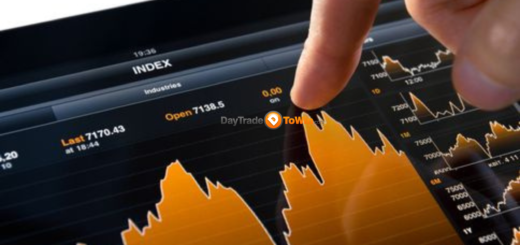S&P 500 Surge Sparks Bubble Worries on Wall Street
Stifel’s Barry Bannister Warns: “The Train is Approaching Crazy Town”
Wall Street bear Barry Bannister cautioned Thursday that the S&P 500 is entering “mania” territory, as surging valuations push stocks to expensive and potentially unstable levels. This rally, he says, may lead to a further near-term surge before a significant pullback looms on the horizon.
In a report titled, “This is your conductor … the train is approaching Crazy Town,” Stifel’s chief equity strategist Bannister warns that even under a favorable scenario, where the U.S. achieves a “soft landing,” various factors—such as increased U.S. fiscal spending, China’s economic stimulus, and global geopolitical tensions—are amplifying the risks. These factors are pushing the S&P 500 toward valuation highs unseen in nearly 80 years.

With the S&P 500 recently closing above 5,970, Bannister suggests a fair valuation would be closer to 5,250. He argues that the index is overvalued by about five multiples based on the financial conditions index and the cyclically adjusted price-to-earnings (CAPE) ratio.
Reflecting on historical “manias,” Bannister believes the S&P 500 could climb into the low 6,000s this quarter before retracing to fair value around 5,250 by early 2026.
He’s also closely watching for a possible resurgence in inflation, noting similarities to the late inflationary stages of past periods like 1932-39, 1945-52, and 1967-74. If inflation does rise in a similar pattern, Bannister sees a high-risk period ahead for investors, especially during the final year of Fed Chair Jerome Powell’s term (May 2025 to May 2026). He adds that political pressures around the 2026 U.S. midterm elections could further amplify these risks.
Bannister also notes that the S&P 500’s rising price-to-earnings (P/E) ratio, alongside the performance of growth stocks over value stocks, both appear overstretched. “Following recent political shifts, we may see a pullback in growth as fiscal populism, potential reflation, and geopolitical factors come into play,” he says.
Historically, defensive stocks have tended to perform well during periods of slowing economic growth. Bannister suggests that the current environment favors “defensive value” sectors, including healthcare, utilities, and consumer staples, along with high-quality stocks.




